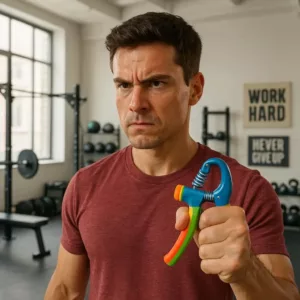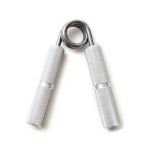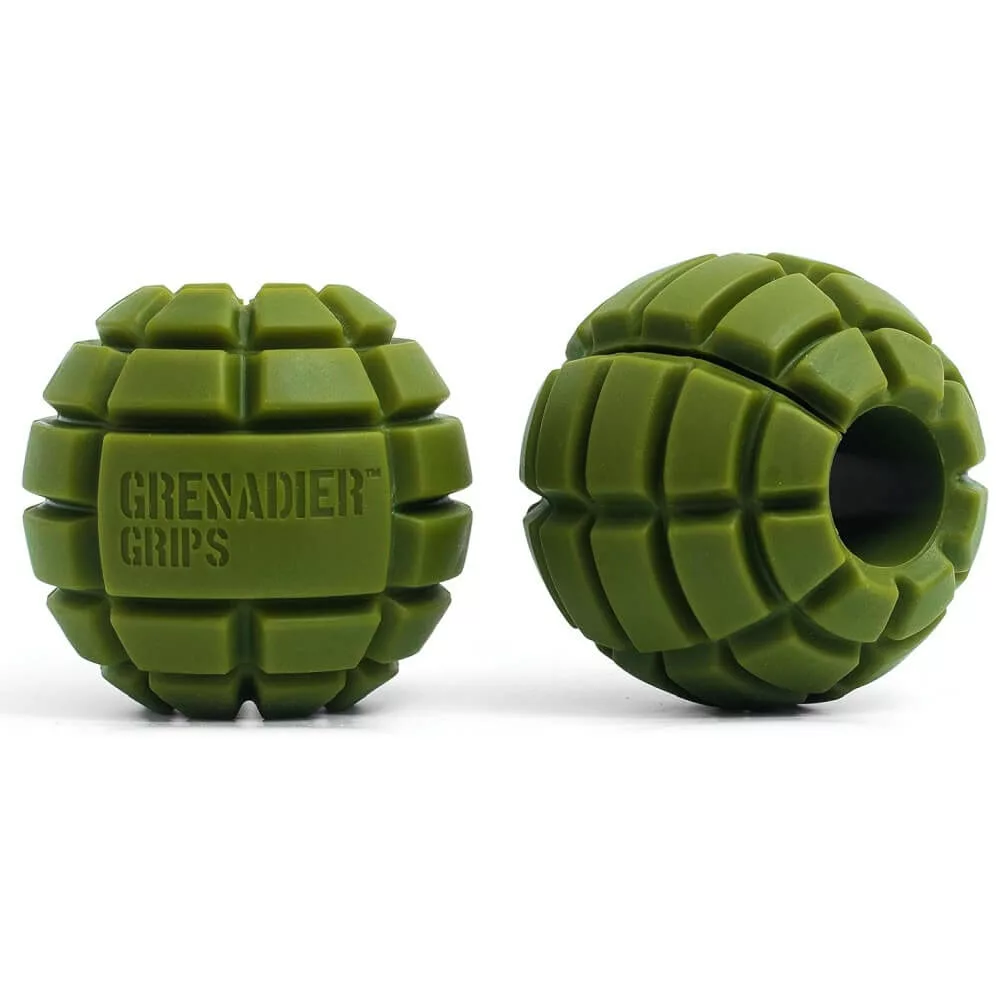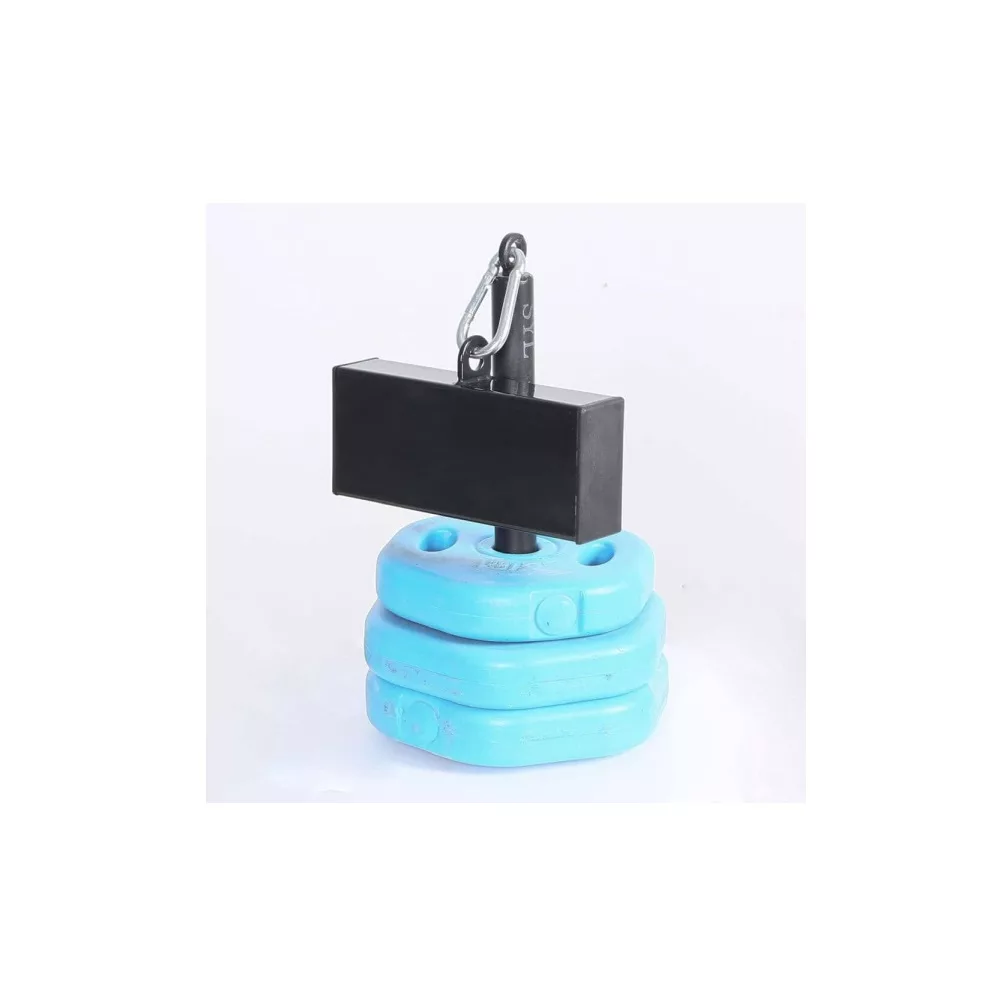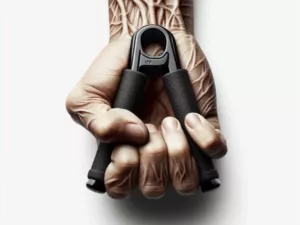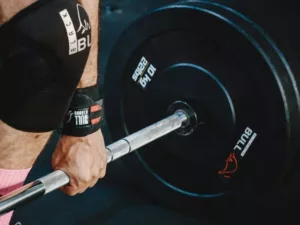(Last Updated on October 9, 2025 by Henry)
Frequently Asked Questions: Everything You Need to Know About Grip Training
Welcome to the ultimate guide on grip training! This FAQ is designed to help beginners, intermediate, and even advanced athletes understand the importance of grip strength. Choose the right equipment, and safely build stronger hands, wrists, and forearms. Whether your goal is sports performance, injury prevention, or everyday functional strength, this guide has you covered.
Grip training is the art of building hand and forearm strength, impacting not just your fitness routine but everyday life, too. From carrying groceries to a solid handshake, grip strength often goes unnoticed till it’s needed. Particularly in sports and exercises, having a strong grip can elevate your performance, whether you’re lifting weights, climbing, or practicing martial arts.
Kicking off your grip training doesn’t have to involve fancy gym equipment. Many effective exercises rely on bodyweight alone. Think of holding a plank or hanging from a pull-up bar. For those looking to mix things up, simple tools like hand grippers or resistance bands work wonders without breaking the bank.
The key is moderation. While it might be tempting to train hard and fast, grip training should fit snugly into your workout schedule, ideally around two to three times a week. Overtraining can lead to overuse injuries, which is why it’s crucial to pay attention to how your body feels and to give it ample time to recover. In the grand scheme, balance will always be your best ally in building a robust grip without setbacks.
The Basics: Understanding Key Grip Types
Grip training isn’t just about squeezing harder. It’s a versatile discipline covering four main types: crush, pinch, support, and wrist. Each focuses on different muscles and movements.
The crush grip is your classic handshake grip, crucial for activities like rock climbing and weightlifting. This involves closing your fingers against the palm, strengthening the hand’s ability to squeeze and hold onto objects.
Pinch grip focuses on holding objects between your fingers and thumb, more isolated to your finger strength. You’ll see benefits in everything from climbing to daily tasks like opening jars.
Support grip is all about hanging on for the long haul. Think of holding a heavy bag or doing a dead hang from a bar. It involves endurance, testing how long you can maintain a grip on an object.
Lastly, the wrist grip involves movements that utilize wrist strength and flexibility. These aren’t to be overlooked as they play a pivotal role in stabilizing your grip and preventing injuries.
Beginners often wonder where to start. It’s wise to begin with the crush and support grips, as they offer a strong foundation. Focusing on one type at a time is fine, but integrating exercises that hit all areas can lead to balanced development across the board.
Mixing up exercises and resisting the urge to specialize too soon can stave off boredom and prevent injuries. After all, a solid grip benefits every area of your fitness, so keeping it well-rounded pays off.
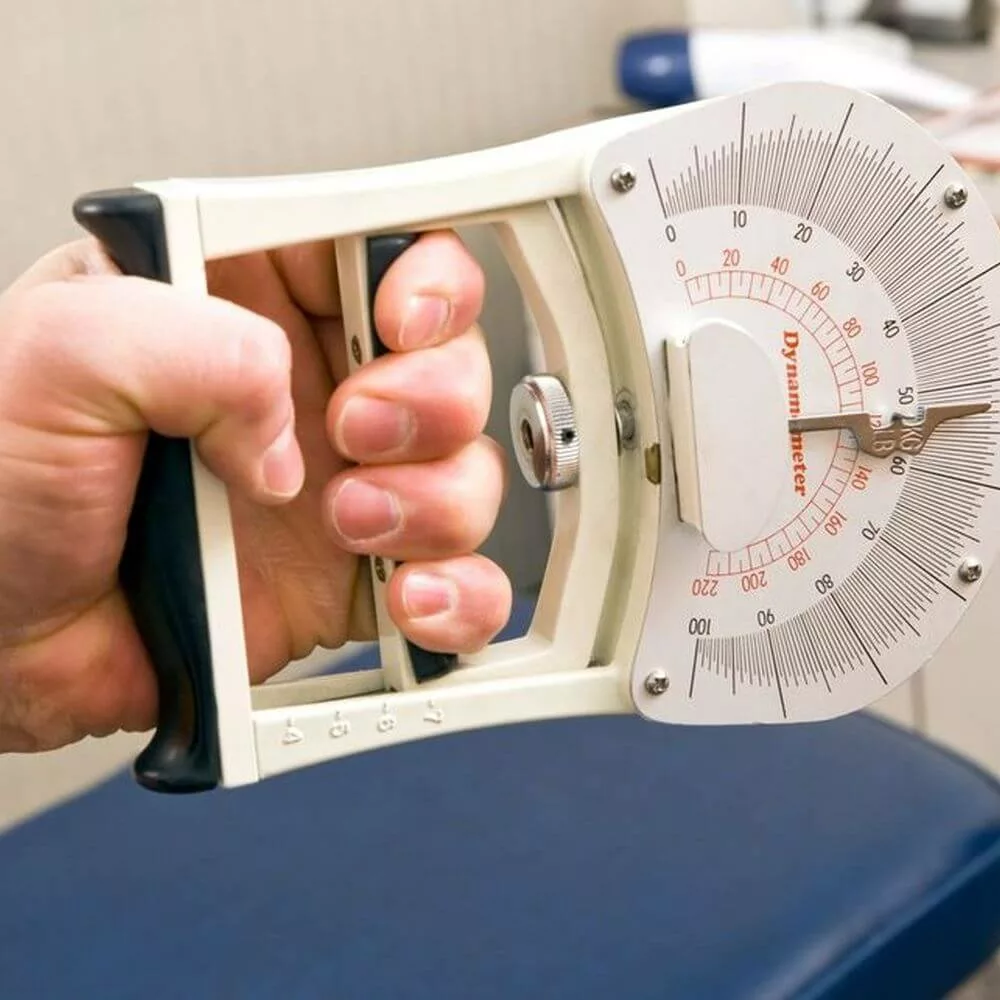
Crush Grip Training: Best Exercises & Tools for Stronger Hands

Pinch Grip Training: Proven Exercises & Tools to Boost Thumb Strength

Support Grip Training: Build Endurance & Lift Heavier Safely
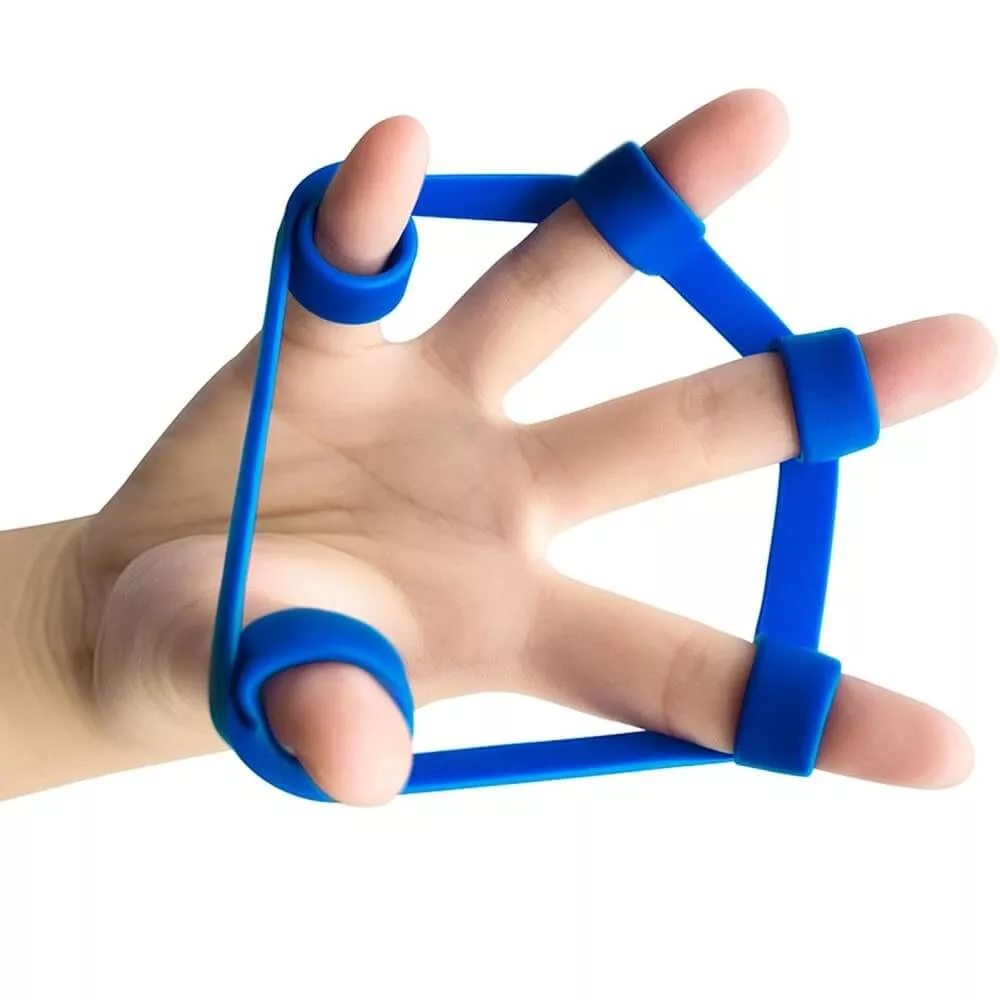
Finger Extensor Training: Prevent Hand Pain & Build Balance

The 5 Primary Hand Movements: Gateways To Grip Strength
Selecting Equipment: Tools for Effective Grip Training
When it comes to grip training equipment, the choices can be a bit overwhelming. Adjustable spring grippers offer flexibility in resistance levels, making them perfect for tracking progress and adapting as your strength increases. In contrast, fixed spring grippers have a set resistance, which can be a budget-friendly start but might limit growth over time.
Grip balls, bands, and rollers each bring something unique to the table. Grip balls and squeeze toys improve endurance and are great for warming up or cooling down. Resistance bands don’t just target grip—they engage multiple muscle groups, adding versatility to your workout. Rollers are excellent for forearm development, often providing both grip and wrist benefits simultaneously.
For those on a tight budget, a simple hand gripper or a set of resistance bands is a smart starting point. Each tool offers substantial benefit without requiring a significant investment. Plus, many of these tools are portable, so you can keep up with your training wherever you are.
Choosing the right equipment involves considering your goals, current strength level, and how you prefer to train. It’s fine to keep it simple at first, focusing on tools that address your specific needs without complicating your routine. As your grip strength grows, branching out to more specialized equipment makes sense.
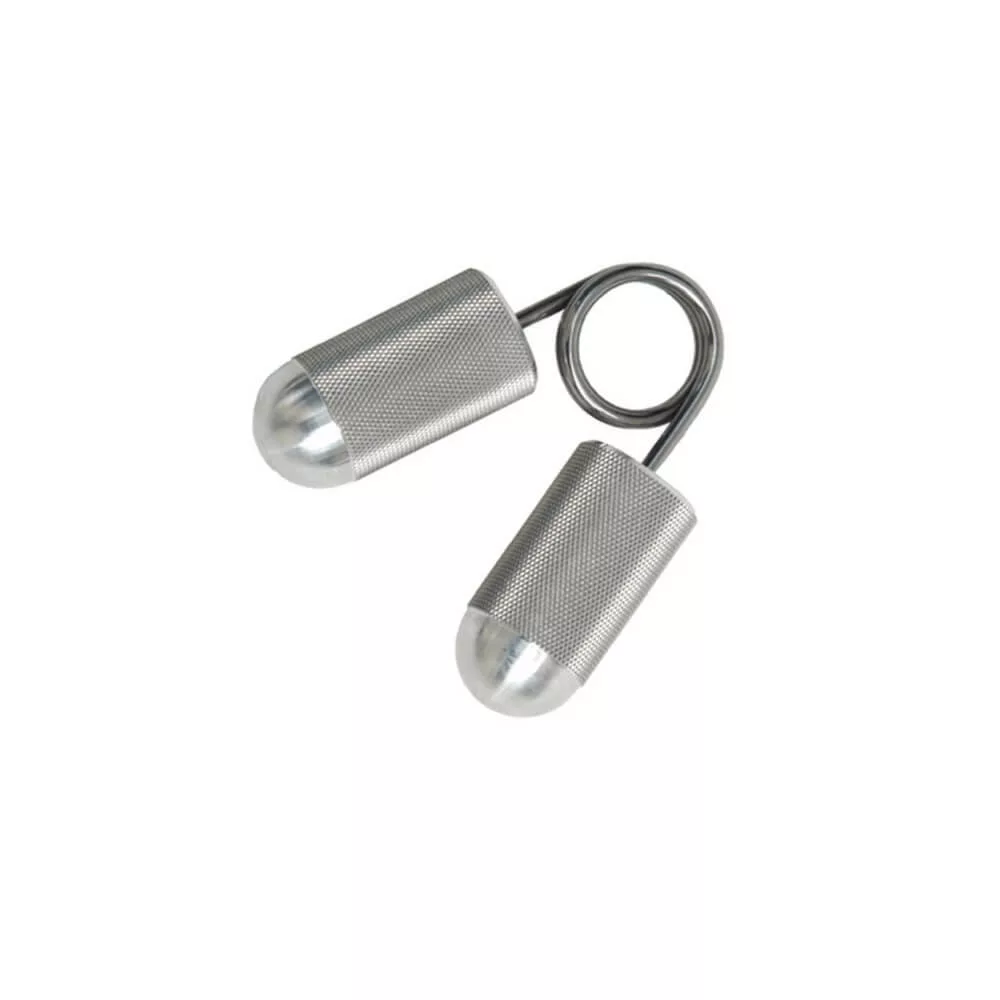
Specialized Spring Gripper to Skyrocket Your Thumb Strength

Smooth-Handle Gripper: Ideal For Rehab & Gentle Training
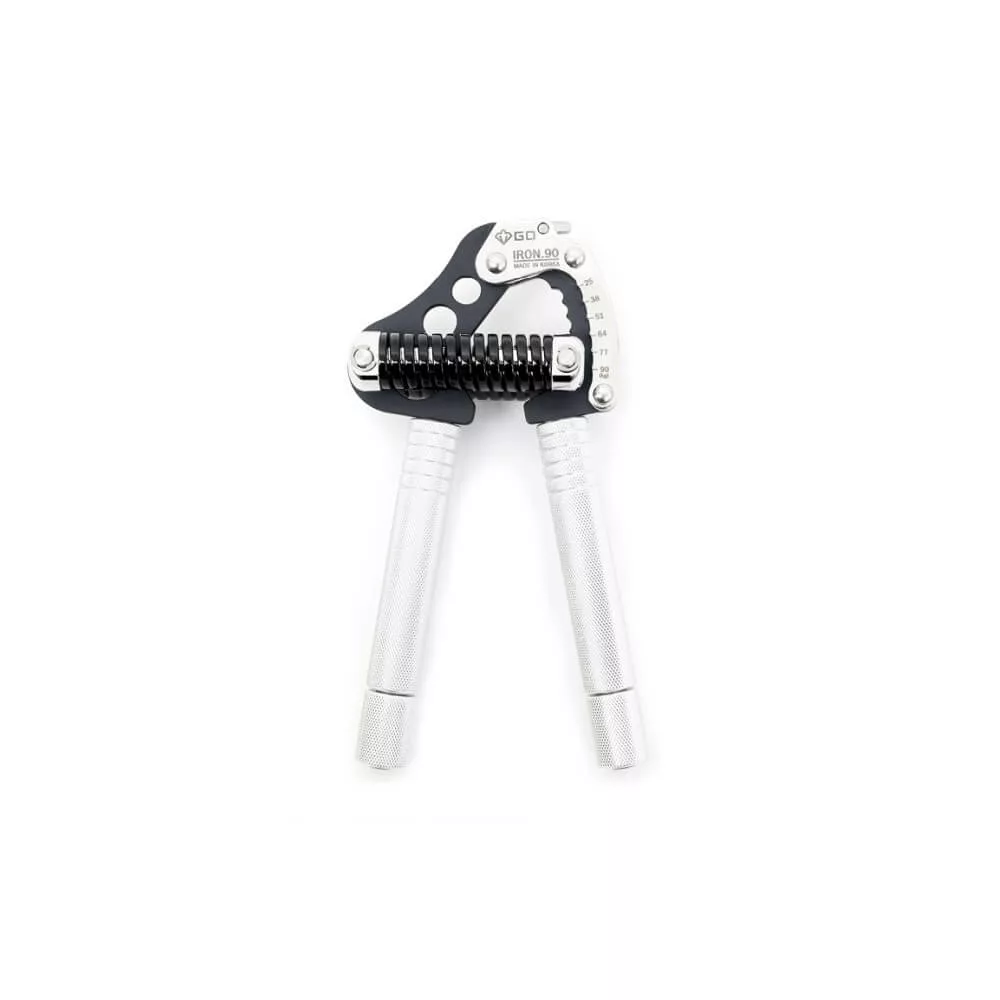
One of The Most Unparalleled Gripper Ever Made?

Is this Iconic Hand Gripper the Most Reliable Workhorse?
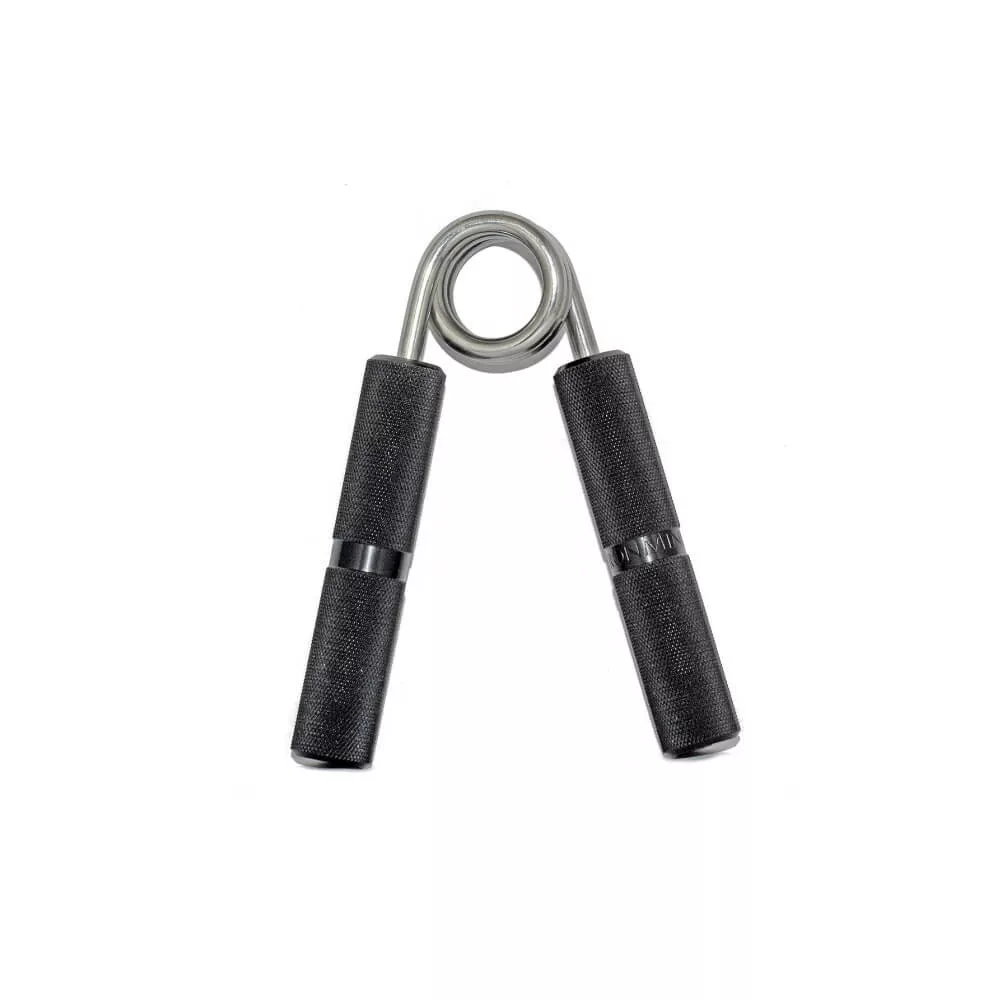
Left-Wing Springs: Crush Grip Trainer for Left-Handed Users?
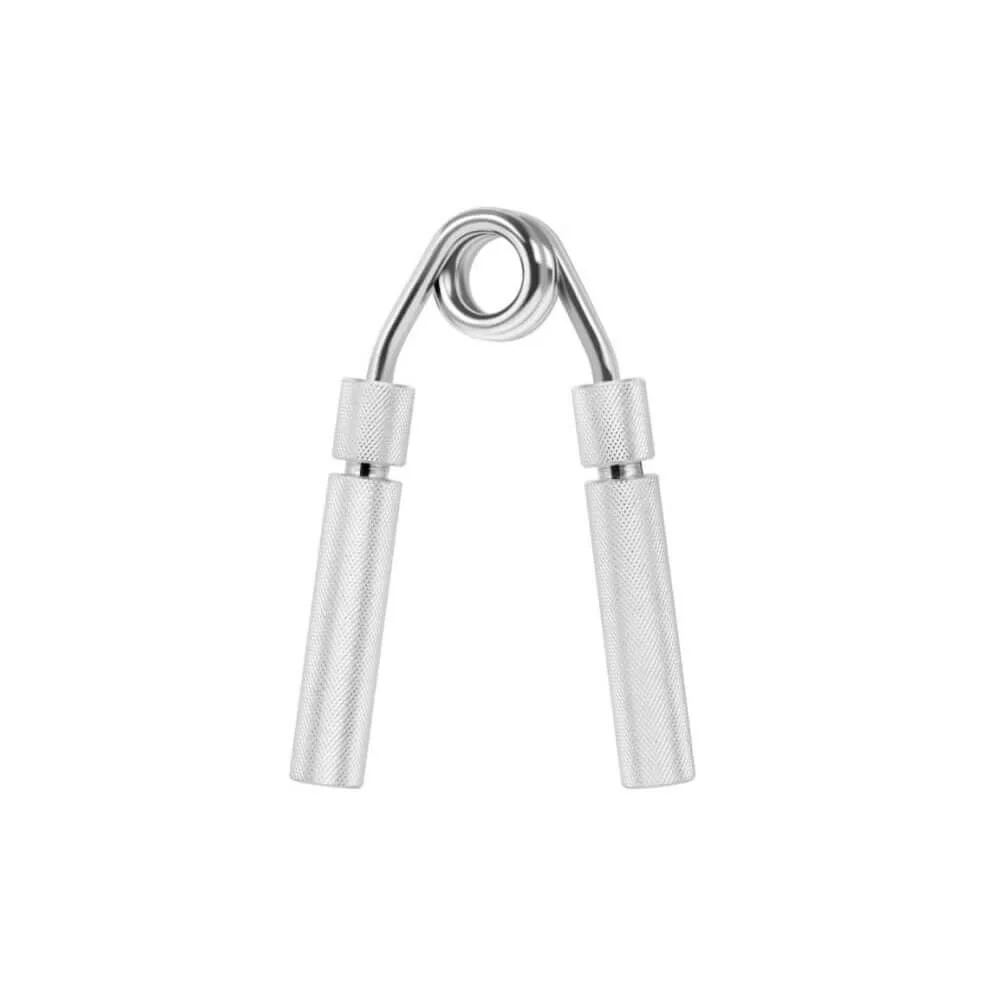
Budget Gripper: Do Cheap Options Still Work?
Building Routine: Frequency and Progression in Grip Training
Once you’ve got your gear, the next step is setting up a routine. Typically, grip training can be built around 2-3 sets of exercises, with 8-12 repetitions in each set. This range helps in striking a balance between strength and endurance.
Incorporating grip work into your existing workout routine requires some planning. Tack it on at the end of your regular lifts or as a quick standalone session. This approach ensures your grip isn’t exhausted before your main session, which might impact your performance negatively.
Tracking your progress means more than counting reps or sets. Noticeable changes can include stronger lifts or improved endurance in daily tasks. Keeping a workout log or using a tracker app can give visual proof of your improvement.
Staying consistent without overdoing it is key. As your grip strength builds, you’ll need to adjust your routine to keep pushing your limits without overtraining. Listening to your body and allowing time for recovery will facilitate further progression.
Prioritizing Safety: Injury Prevention and Recovery Strategies
Like any physical activity, grip training isn’t without its risks. Common injuries in this realm often involve strains in the hands, wrists, or elbows. Being aware of these potential issues is your first line of defense.
Preventing pain, particularly in the wrist and elbow, starts with proper technique and positioning. Always ensure your wrists are aligned correctly during exercises to avoid unnecessary strain. Warm-ups aren’t just for full-body workouts; dedicate time to prepping your hands and forearms to prevent tweaking a muscle.
Knowing when to push through versus when to rest is crucial. Experiencing pain is typically a signal that your body needs a break. Minor discomfort during an exercise may occur, but sharp or persistent pain should never be ignored. If discomfort lingers, checking in with a professional can offer guidance on treatment and recovery strategies.
Recovery is as much about giving your muscles time to heal as it is about keeping them active with light stretches. Incorporating practices like dynamic stretches or even utilizing ice baths can aid in reducing inflammation and preventing injuries.
Ultimately, listening to your body and not rushing the process will keep your grip training journey safe and progressive. Injury prevention becomes much easier when you prioritize recovery and proper technique, allowing you to train smarter, not just harder.
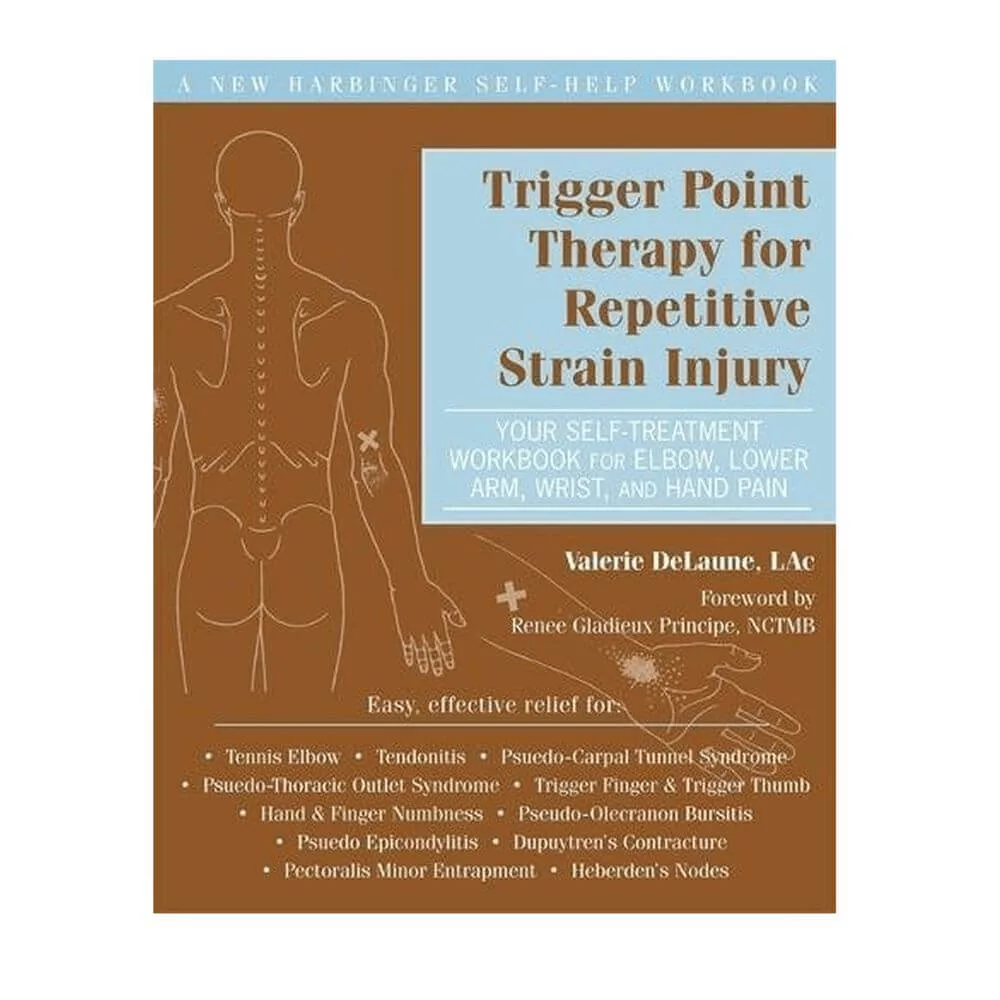
Identify & Manage Repetitive Strain Injury Symptoms Quickly
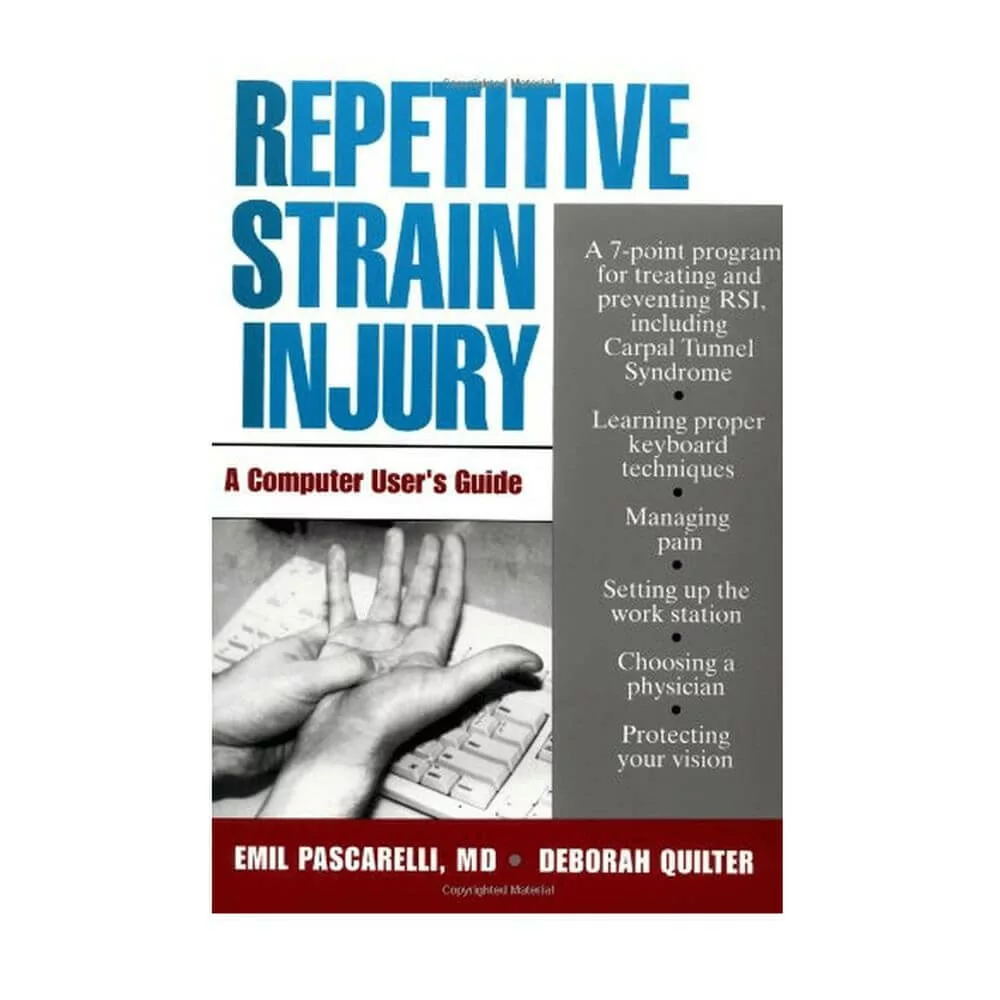
Follow Proven Advice to Overcome Repetitive Strain Injury

Practical Methods to Treat Repetitive Strain Injury Effectively

Relieve Carpal Tunnel Syndrome and Avoid RSI Traps
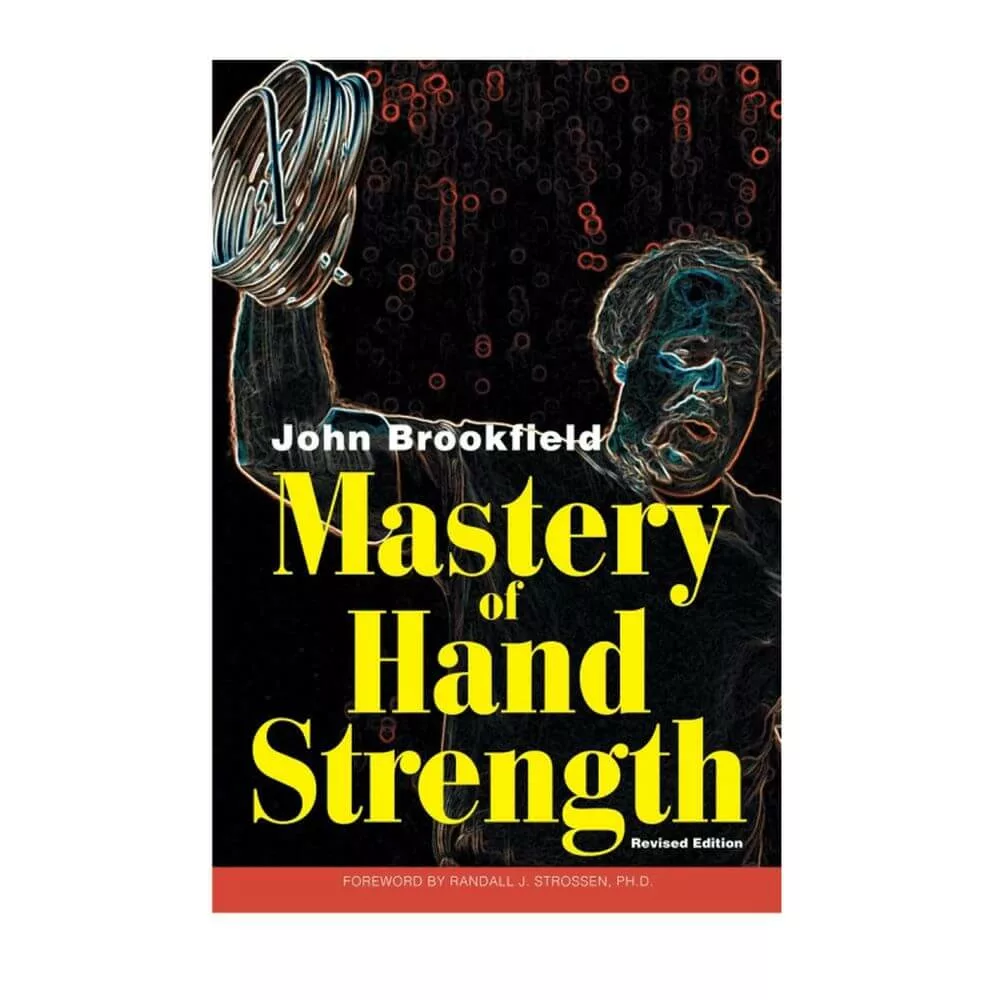
Build a Powerful Grip with Mastery of Hand Strength

Master Your Grip with the Official Captains of Crush Grippers Guide
Applying Grip Strength: From Sports to Everyday Tasks
Grip strength goes beyond just improving your workout; it’s a crucial component for many sports and everyday activities. Whether you’re into climbing, weightlifting, or martial arts, having a strong grip can significantly enhance performance. In climbing, it helps you maintain hold on challenging routes, while in weightlifting, a solid grip is key for stability and control with the barbell.
There’s also a fascinating connection between grip strength and overall health. Research suggests that grip strength can be an indicator of general muscular fitness and even cardiovascular health. Maintaining and improving your grip strength can contribute positively to your fitness journey overall.
Beyond sports, an improved grip makes daily tasks easier. From opening jars to carrying shopping bags or even typing for extended periods without fatigue, a strong grip has its benefits. It’s one of those key strengths often overlooked until you see the difference it makes.
Remember that the real-world applications of grip training can motivate you to keep at it. Each bit of progress not only strengthens your workout life but also has a tangible impact on everyday ease and efficiency.
Enhancing Recovery: Support Tools and Nutritional Tips
In maintaining grip strength, proper recovery is just as important as training itself. Using support tools like chalk, straps, and wraps can be beneficial. Chalk helps improve your hold by keeping your hands dry, ensuring your grip adheres better during lifting or pull-ups. If you’re dealing with particularly heavy weights or prolonged grips, straps can provide extra support, reducing strain on your wrists and hands.
When recovery is top of mind, massage balls and resistance bands can play a crucial role. They assist in soothing tense muscles and improving circulation in your hands and forearms. Incorporating these tools post-workout aids in muscle relaxation and quicker recovery times.
Let’s not forget nutrition’s influence on recovery and performance. Ensuring a diet rich in proteins for muscle repair, along with vitamins and minerals for overall health, plays its part in strengthening your base. Staying hydrated and considering recovery-specific supplements like magnesium can further support muscle relaxation and recovery, contributing to a quicker bounce back to training.
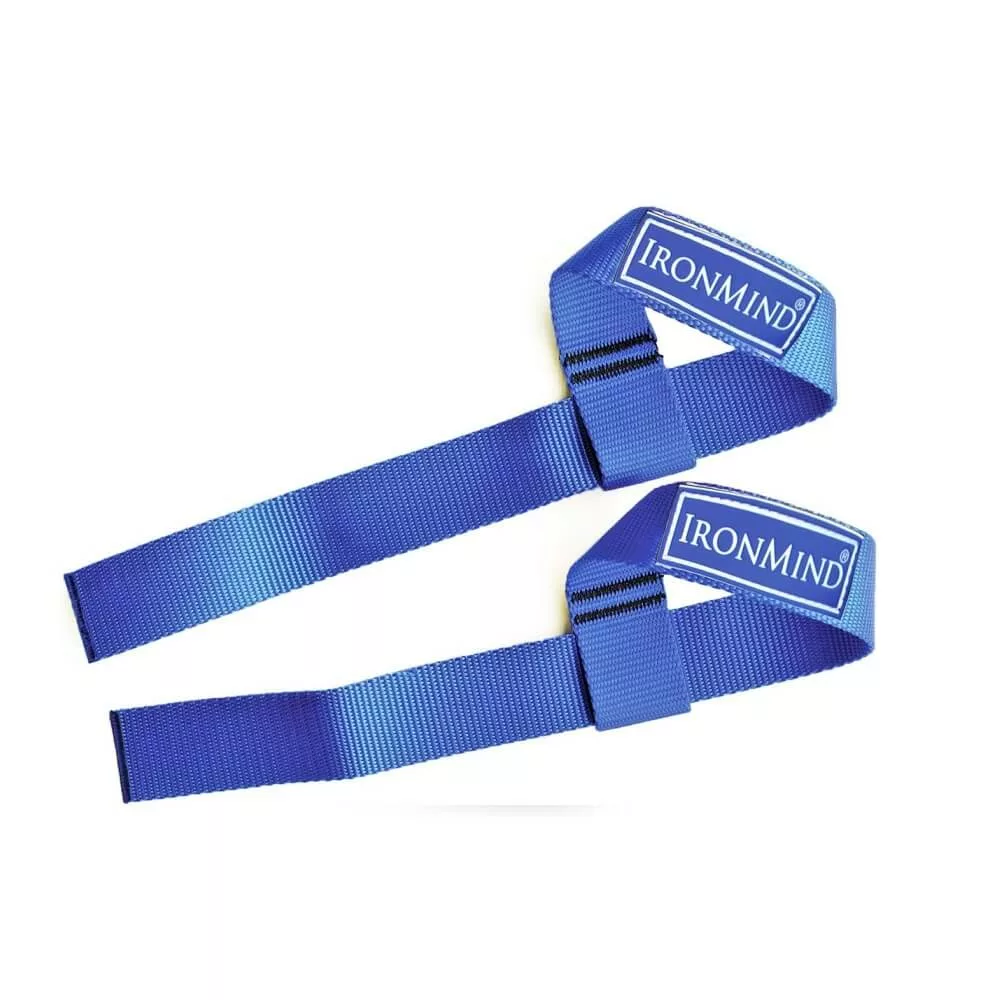
Fantastic General-Purpose Lifting Straps with Proven Results
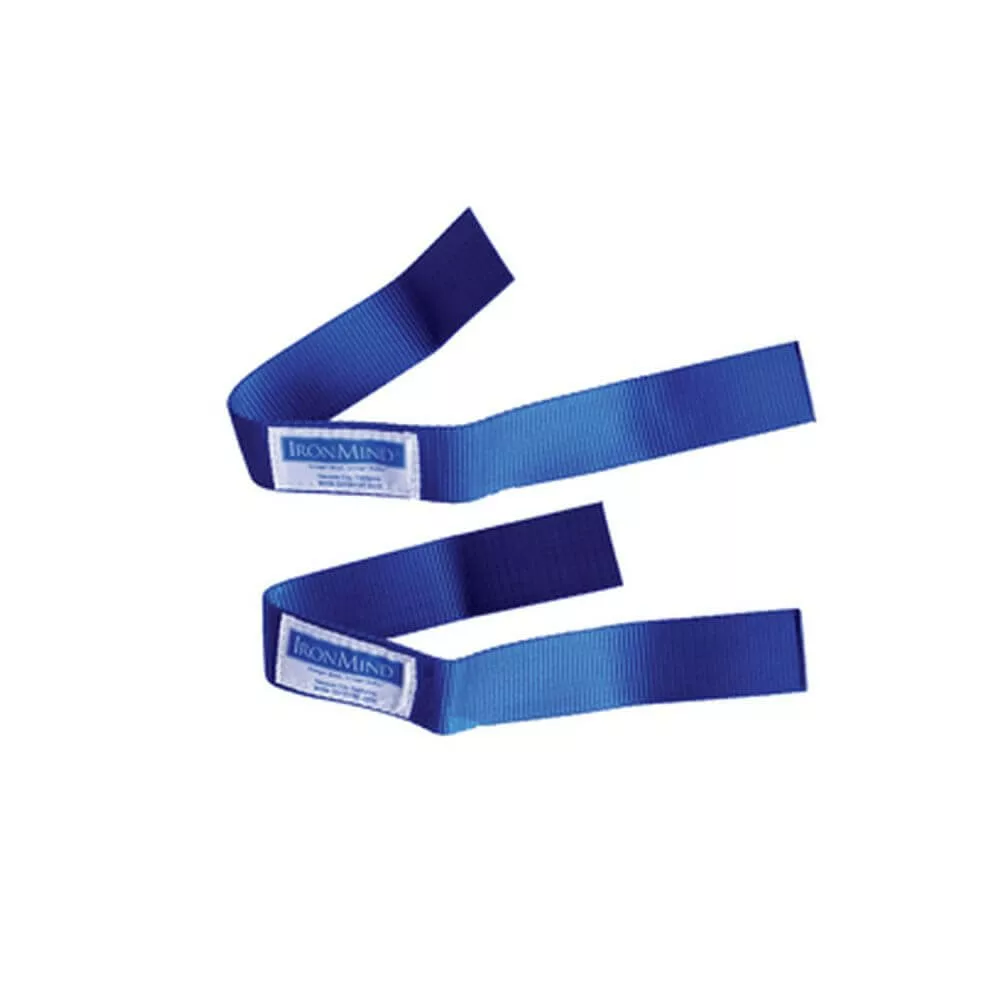
Olympic-Style Lifting Straps: Hard to Use, Epic for Bail Out

The Easiest Lifting Straps To Use: Perfect for Casual Training
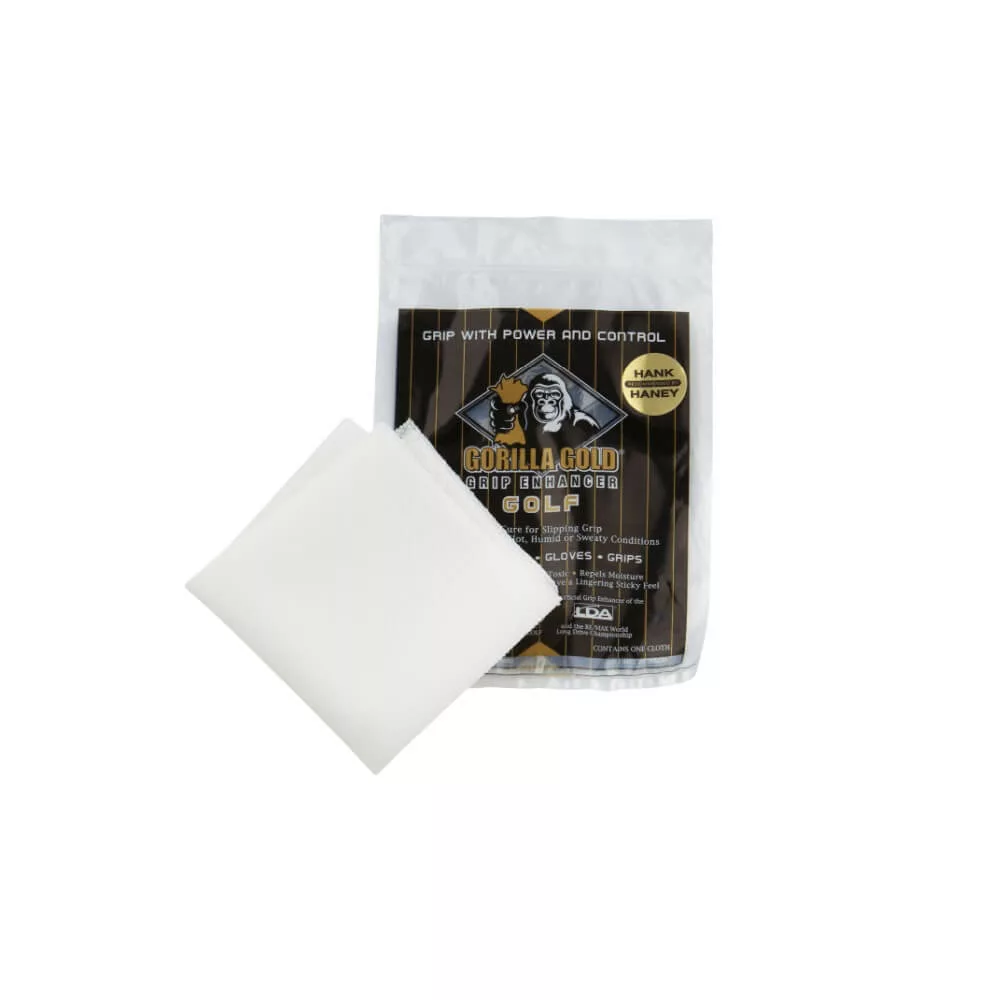
Grip Enhancing, Resin Towels: Easy To Apply In A Blink
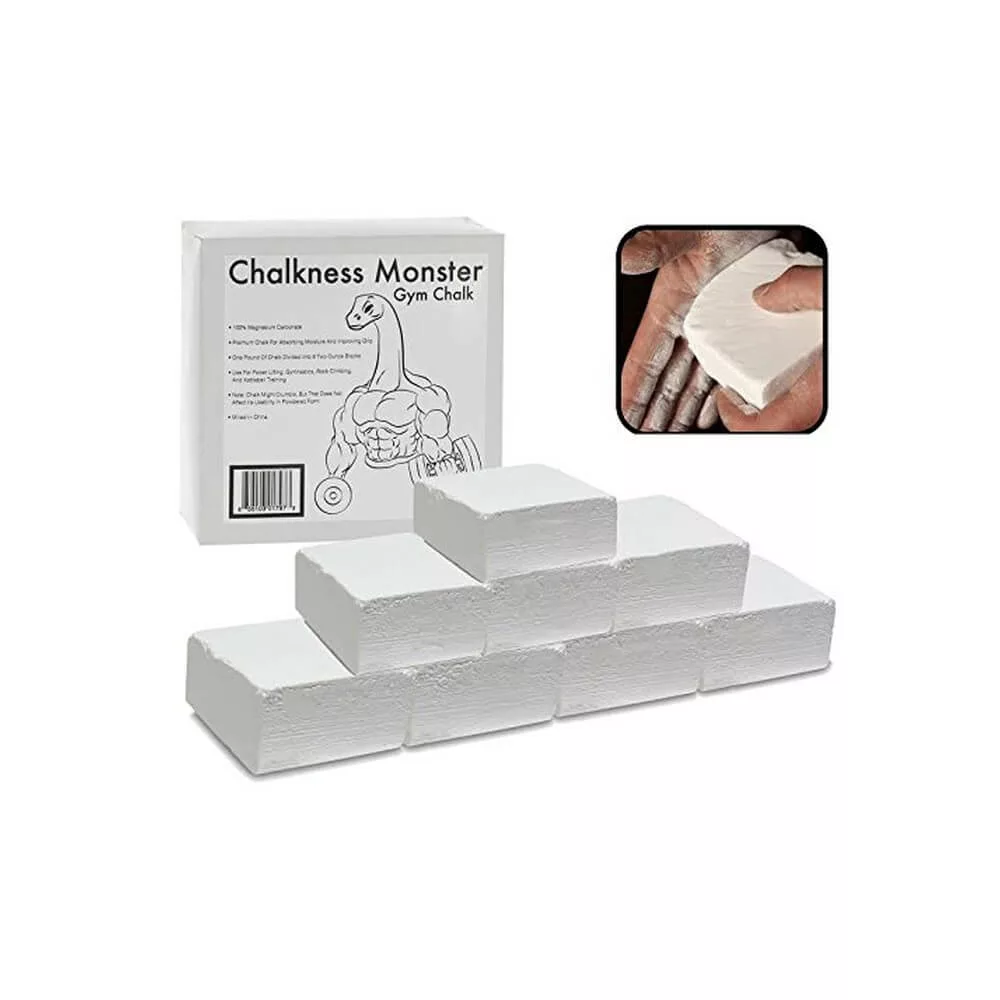
Budget Gym Chalk, Inexpensive and Quick to Crumble
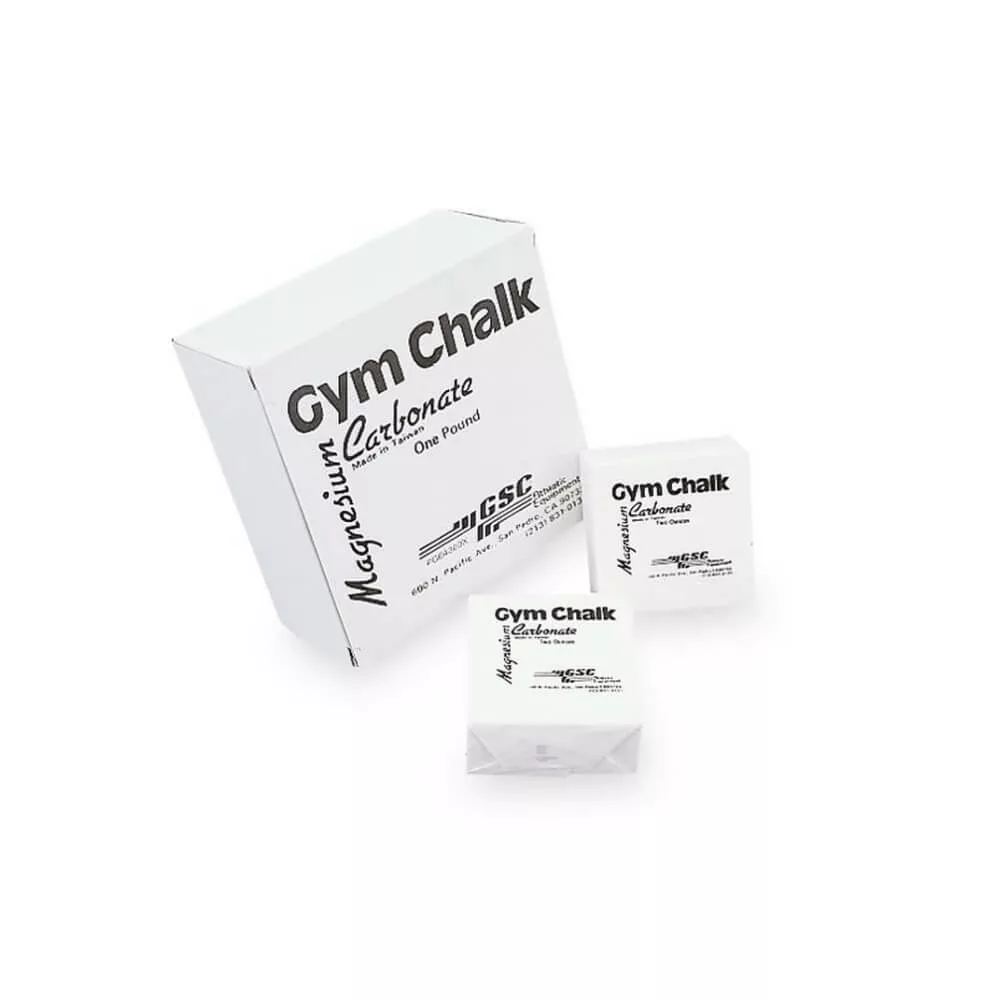
Brittle Gym Chalk, but is Easy Application Worth it?
Advanced Grip Challenges: Techniques for Continued Growth
Once you’ve mastered the basics, advanced grip techniques can help push your boundaries further. One popular method is training with a thick bar, which increases the difficulty of even basic lifts. Using a thicker grip challenges your hand muscles differently, leading to significant strength gains.
Pinch blocks and hub lifts aren’t just for the elite. They’re excellent for developing finger strength and testing grip endurance. They require precision and control, engaging a variety of muscle groups beyond your hands, which can enhance overall grip robustness.
Breaking through a plateau often requires something new. Changing up your routine, adding variety with these advanced techniques, can re-ignite progress. Speeding up or slowing down your reps, adjusting hold times, or using different equipment can all provide that necessary change.
Focusing on these advanced challenges not only emboldens your grip but keeps your training exciting. The diversity keeps you motivated and involved, ensuring that progress doesn’t just stall but continues to grow with you.
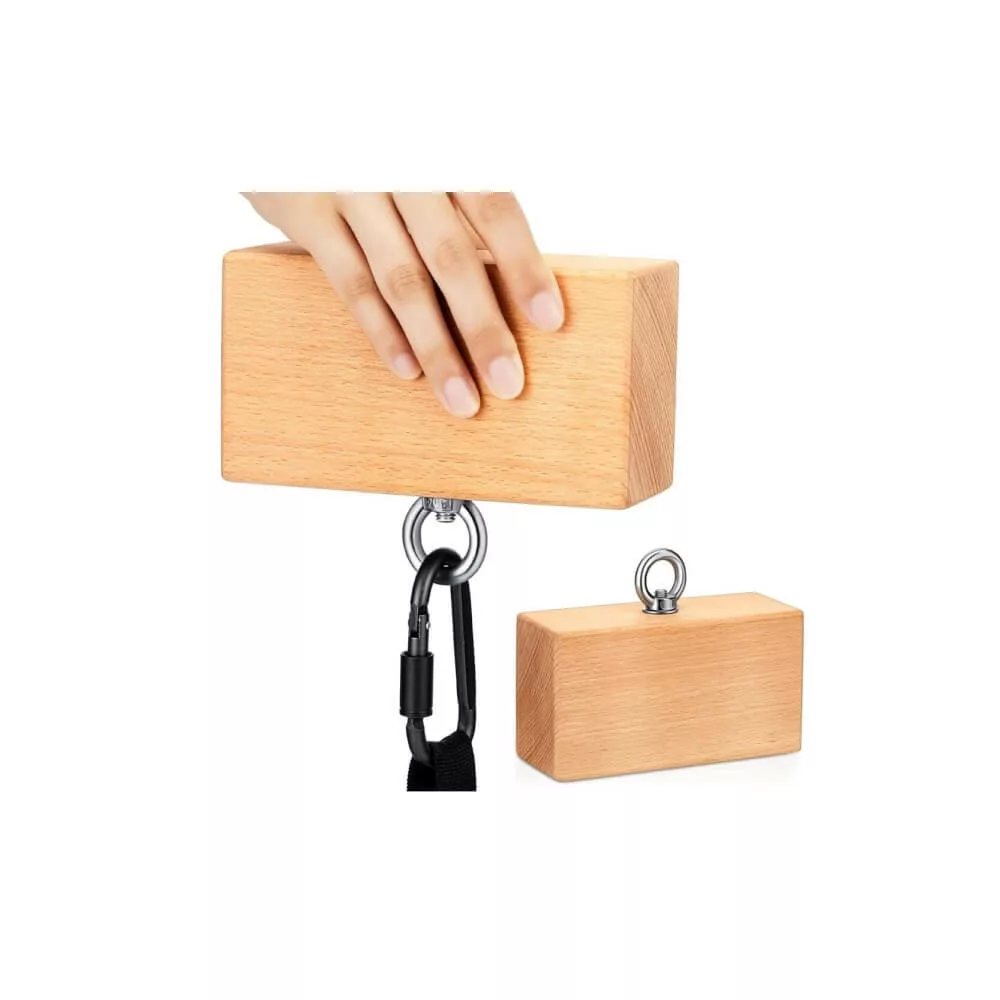
Train Your Thumbs with a Simple Pinch Block
Continuing the Journey: Resources and Motivation for Grip Training
As you advance in grip training, finding reliable resources can keep you motivated and on track. Structured programs, whether found online or in specialized manuals, offer guidance tailored to different levels, ensuring you always have a road map to follow.
Staying motivated is often the trickiest part. To keep the fire burning, set realistic goals and celebrate small victories. Whether refining your technique or attempting a new grip challenge, these milestones help maintain momentum.
A good mix of grip exercises within your overall workout plan ensures balanced development. Integrating grip work with your main fitness routine not only prevents boredom but also emphasizes its importance in achieving a holistic approach to strength and endurance.
Harnessing community support, whether through forums or local training groups, also adds a social component that can inspire and encourage you along the way. Sharing wins and learning from each other amplifies the benefits of your training, making the journey as rewarding as the results.
Thanks for Stopping By
Have Questions?
Please Leave A Comment

